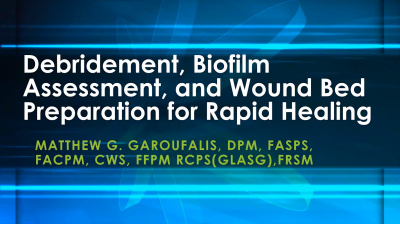
Practice Perfect 815
Documentation: Boring but Important
Documentation: Boring but Important

At the risk of scaring all of our readers away, I’d like to talk a bit about charting and documentation today. I know what you’re thinking: “Could there be a more boring topic?” Maybe not, but the importance of documentation is inversely proportional to how boring it is. First, remember that the chart note is your medicolegal shield. The note has to be of excellent quality, and the better the note, the better the shield. If you were a knight of the round table, would you have wanted your shield to be weak so your opponent could skewer you with their sword? Of course not. Similarly, maintain a strong medical shield so the lawyers can’t hurt you as easily.
Before I get to it, let me point out I’m not a lawyer, and my advice does not constitute formal legal advice from either me personally or the folks from PRESENT e-Learning Systems. Additionally, state laws vary, and it behooves every doctor to be as knowledgeable as they can about the laws in their state.
How does one keep a strong shield? Here are some ideas.
- Include patient compliments in the history of present illness - When a patient tells me how much they love me or how happy they are with the care I’ve given or if they bring me a gift, I state so in the subjective section. This establishes that my patient was satisfied. If they later sue me, my note may contradict comments about poor service, or they were unhappy with how I treated them.
- Include complications as soon as possible - For some people this may sound counterintuitive. First, you should never hide a complication or poor result from a patient. That’s not in the patient’s best interest. It may be bruising to your ego and a difficult conversation to have, but it’s better to suck it up, tell the patient you are not happy with the result or something untoward is going on, and fix the problem. Most patients will appreciate your honesty. From a charting standpoint, stating a complication occurred often starts the clock on the statute of limitations. If the statute runs out and then the patient wants to sue you, the case may be dismissed.
- Keep your objective - Don’t include judgmental comments or opinions in the physical examination. For instance, stating a patient is obese is ok (though it’s technically a diagnosis), but it’s not specific enough. Use descriptors such as “central adiposity” or include a BMI. Also, don’t include diagnostic terms in your physical exam. For example, if a patient has a bunion, describe what it looks like without saying it’s a bunion. One option could be something like “medially prominent 1st metatarsal head with valgus rotation of the hallux abutting the 2nd toe.” This keeps it professional.
- Include images - Just about all common electronic medical record systems allow importation of clinical pictures into chart notes. Remember, a picture is worth a thousand words. It also makes a note more comprehensive and informative and lets others know better what is going on.
- Show your thought process - part 1 - We’re all taught that the chart note should consistently, from start to finish, justify the diagnosis leading to a reasonable treatment plan, and this remains true. For example, if your diagnosis is right foot cellulitis then the history and physical sections better say something about signs of infection (fever, chills, malaise, nausea, erythema, edema, drainage, malodor, etc).
- Show your thought process - part 2 - This recommendation had to have its own number. For those of you doing surgery, if you don’t already do it, I strongly suggest adding a section in the assessment or plan for your rationale for picking whatever procedure you’re planning. First, it’s just good charting to clearly state what you’re going to do and why. Second, for those of you pending board certification this will clearly explain your choices, making it more likely you’ll pass the case submission portion.
As a final bonus recommendation (don’t say I never give you anything!), include in the plan details about any counseling and education. Risks, benefits, and complications of surgery should be stated in your note, not only that you discussed them but what they actually might be. If you prescribe a drug, it is your legal responsibility to counsel patients on potential side effects, but don’t forget to list those potential side effects and what to do if found. Include in the note if the patient has been nonadherent or noncompliant. If you told a patient at the last visit to be nonweightbearing at all times after a bunionectomy, and they walked all over it, enter that in the chart. If they sued you after, say, a nonunion, your documentation may establish comparative negligence in which the plaintiff is responsible for some part or all of their injury.
These suggestions can easily create longer chart notes, but most EMR systems allow templates to be created that you can use and modify as necessary without too much extra wasted time. Build up that shield with your excellent charting and avoid the sword.
Best wishes.

Jarrod Shapiro, DPM
PRESENT Practice Perfect Editor
[email protected]

































Comments
There are 0 comments for this article